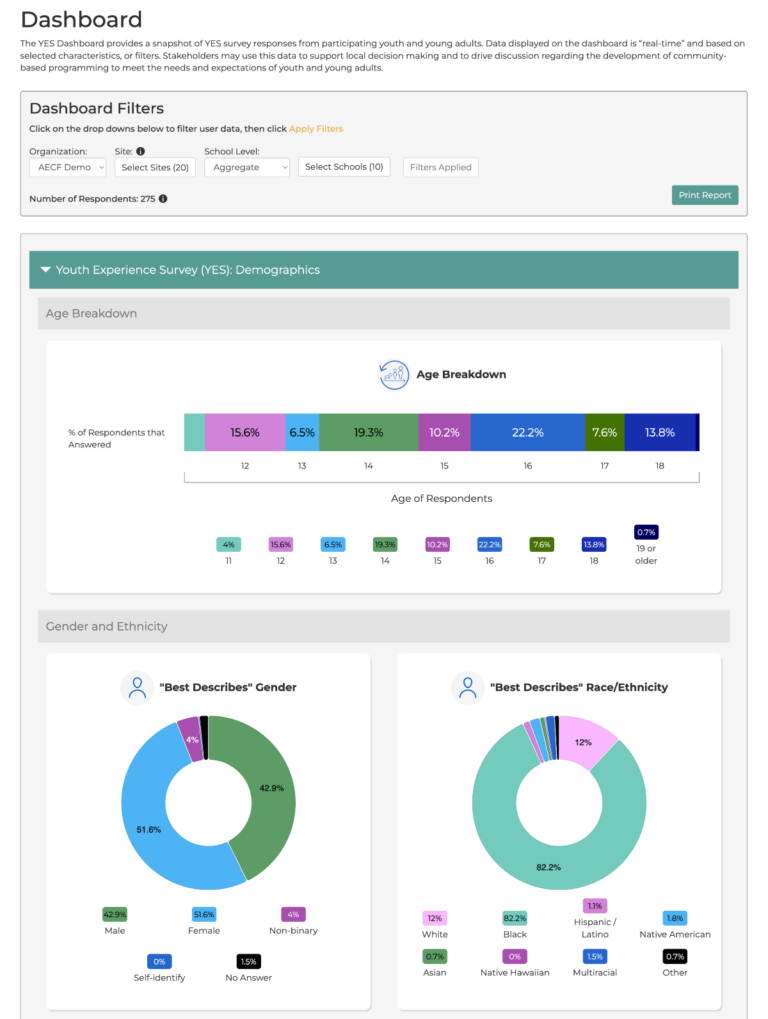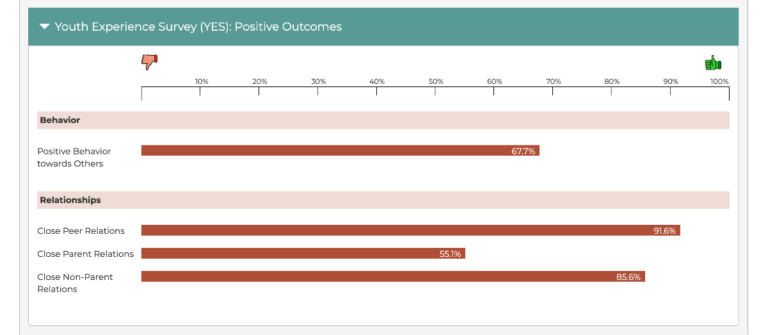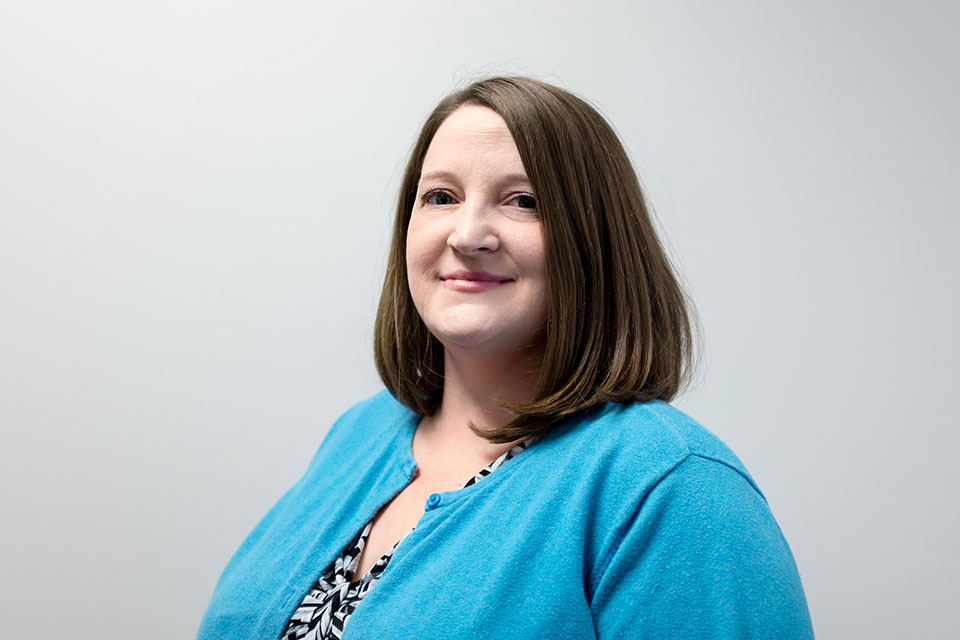With Quest, the Annie E. Casey Foundation Gives Youth a Voice
A primary goal of Quest, our online data collection platform, is to give youth a voice in the assessment process. Too often, youth are left out of that process, with adults providing the data that guide decisions about young people’s lives. Before online survey platforms, administering paper-and-pencil surveys was too expensive and time-consuming to collect data with youth. The rise of online survey systems has decreased these costs, but many have user interfaces (UI) that are inappropriate for youth. Their formats—weighed down by plain text, with several items per page—may be fine for adults, but with youth, motivation to respond, attention, and data quality all suffer. And the literacy demands still prevent younger youth from being able to complete online surveys.
Quest solves these problems. It’s the only child-friendly online data collection platform with customizable survey components and formatting that enables high-quality data collection with youth as young as 5 years old.
Other Online Survey Platforms
Quest Is the Solution
Partnering with the Annie E. Casey Foundation
Since we began our partnership with the Annie E. Casey Foundation (AECF) in 2020, it has used Quest to give youth a voice in community-wide assessments through the Youth Experience Survey (YES). Previously, the YES was administered with paper and pencil. But AECF recognized it needed to use an online platform to scale the assessment nationally. Further, it recognized the need to engage youth in the development process so that both the assessment language and the survey format would fit the survey’s young audience.
AECF engaged in participatory research with adolescent youth over several years to gather feedback on survey items and the UI. The result is a visually appealing, easy-to-navigate, inclusive online survey.
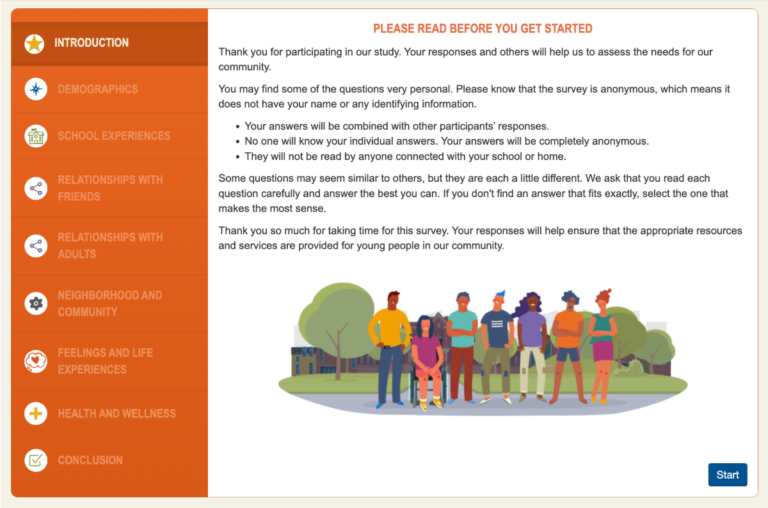
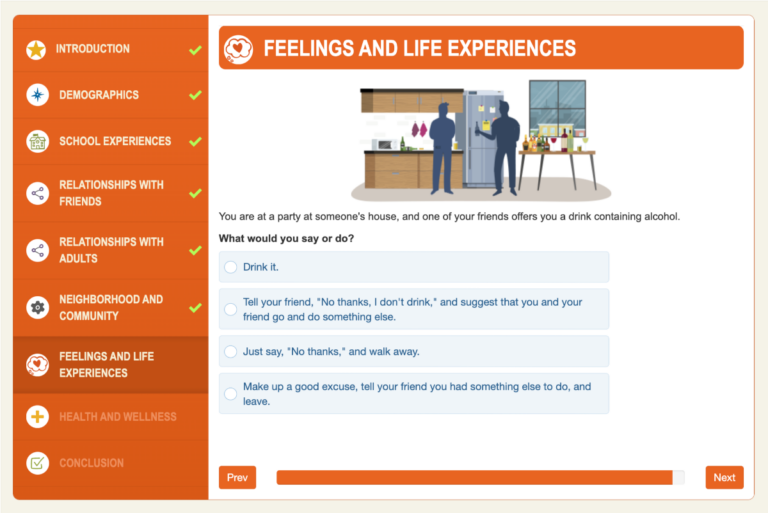
In addition, we worked with Casey to create an online dashboard for community partners to more easily access and use collected data, including automated scoring, a visually engaging and informative data dashboard, and custom reports with meaningful and actionable results.
More than a thousand students across three school districts participated in the initial release of the online YES. AECF is now working with communities across the nation to broadly scale the YES. If you’re interested in learning more about AECF’s work, visit the Evidence2Success Tool Kit.
